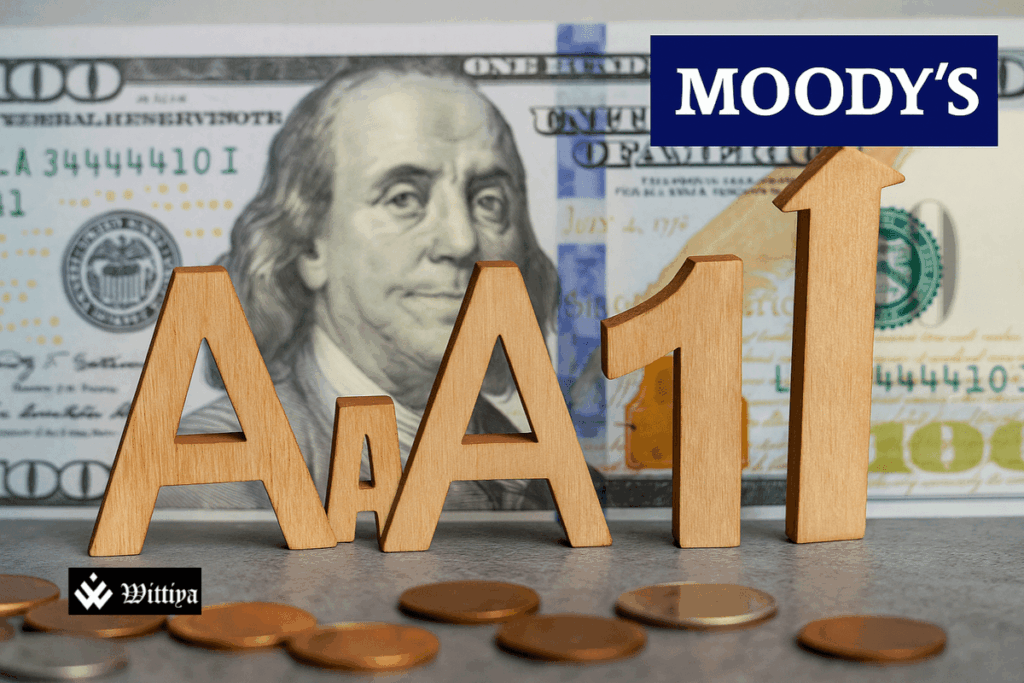Moody’s has downgraded the US government’s credit rating from Aaa to Aa1 due to increasing federal debt, rising interest costs, and persistent fiscal deficits. The agency cited lack of bipartisan agreement on fiscal reforms and projected long-term deficits as major concerns, although the US retains a stable outlook thanks to its economic scale and the dollar’s global dominance.
Moody’s Investors Service, commonly known as Moody’s, is a leading global credit rating agency that assesses the creditworthiness of borrowers, including governments, corporations, and financial institutions. Moody’s assigns credit ratings that indicate the risk level of lending money to these entities, helping investors make informed decisions. These ratings also influence the interest rates that borrowers must pay to raise funds.
Recently, Moody’s downgraded the United States government’s long-term credit rating from Aaa, its highest rating, to Aa1. This one-notch downgrade reflects growing concerns about the rising federal debt and increasing interest payments in the U.S., signaling that the country’s financial health has weakened slightly, though it remains strong overall.
The downgrade highlights Moody’s view that successive U.S. administrations and Congress have struggled to address persistent fiscal deficits through effective policy measures. Over the past decade, federal debt has surged due to increased government spending and reduced revenues from tax cuts. Moody’s warns that without significant changes, the U.S. will continue running large deficits, with mandatory spending—such as entitlement programs and interest payments—projected to make up nearly 78% of federal spending by 2035.
Despite these challenges, Moody’s assigned a stable outlook to the U.S. rating, emphasizing the country’s robust economic fundamentals, including its large and resilient economy, high incomes, strong innovation, and the U.S. dollar’s status as the world’s dominant reserve currency. These factors provide the government with strong financing abilities despite fiscal pressures.
Moody’s also highlighted the importance of the U.S.’s institutional strengths, like the constitutional separation of powers and an independent Federal Reserve, which contribute to maintaining investor confidence.
Looking forward, Moody’s suggests that a return to fiscal discipline—whether through increased revenues or spending cuts—could lead to an upgrade in the U.S. credit rating. Conversely, a faster deterioration in debt levels or loss of confidence in the U.S. dollar could trigger further downgrades, though such outcomes are considered unlikely.
In summary, Moody’s role as a credit rating agency provides critical insights into the fiscal health and borrowing risks of countries like the U.S. Their recent downgrade signals caution amid rising debt but also acknowledges the nation’s enduring economic strengths and institutional stability.
